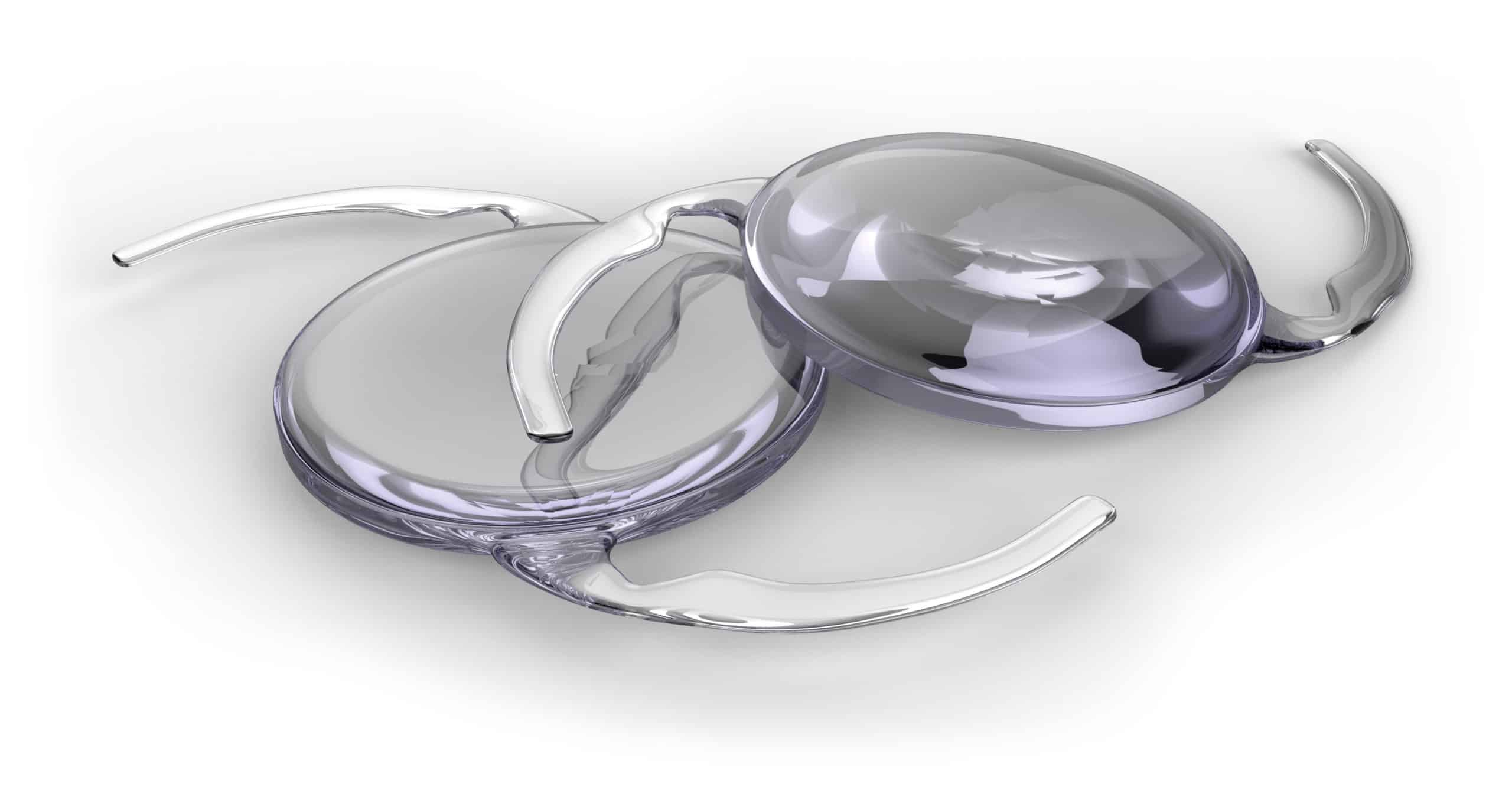For a person with cataracts, their eyesight is often cloudy, making it difficult for them to function normally. One of the effective treatments for cataracts is by using Multifocal Intraocular Lenses (IOL) to replace the cloudy lens. This can also be used in a person who has presbyopia.
Depending on your vision problems, IOLs can lead to improved vision. Your doctor will be able to tell you whether making the choice to have this done is the right choice for your visual needs.
As with any other medical procedure, there are benefits and disadvantages. Not everyone does well with having their lenses replaced and, even if beneficial, some risks will persist. However, in most cases, the benefits do outweigh the risks.
This procedure is fairly common and straightforward. You can expect to have a recovery time and this may not fit into everyone’s lifestyle. With this and the potential complications, it’s important to make an informed decision before the surgery.
Understanding Multifocal Intraocular Lens
The function of these lenses is that they make it possible for a person to see both far and close objects clearly. The lenses are built to have different optical powers at different areas of the lenses. You’ll use the lens in addition to your eye muscles in order to focus. Because of some changes in your vision, it’s usually best to have the implants in both eyes rather than just one.
After having cataract surgery, you’ll often be able to give up contacts or eyeglasses. When taking a look at the surface of the lens, you may note a form of concentric rings. This is designed to allow the retina to focus on images that are both close and farther away.
While the recovery time is fairly straightforward, it does take time to adapt to the lenses. Since the focusing power that the lenses use is different than what most people are used to having, the brain takes a period of time to adjust to this new method of focusing.
How Do Cataracts Affect Vision?
It’s estimated that in the United States, over 24.4 million people age 40 and older have some effects of cataracts. This is a condition where the eye lens becomes cloudy. The result is that it becomes difficult to read, see, and perform daily tasks such as driving.
Cataracts occur when the tissue in the eye changes as a result of injury and aging. Both of these effects may lead to the lens becoming thicker, less flexible, and less transparent. Usually, cataracts occur in both eyes. However, they may not affect both eyes to the same degree. One may be more advanced than the other.
There are a few key ways that cataracts will affect normal vision:
- Night vision becomes affected
- In order to perform daily activities, bright light is needed
- Changes in prescription contacts or eyeglasses
- Double vision in one eye
- Cloudy, dim, or blurry vision
- Light sensitivity
- Colors may have a yellow or faded appearance
Cataracts can become more severe over time. If you look at the eye with cataracts, they appear to be different with noticeable clouding.
Presbyopia and Vision
This is a condition that affects almost 11 million people in the United States as a natural part of aging. People tend to notice symptoms in their 40s but they will progress over time. This condition can cause blurry vision, requiring items to be further aware. Any up-close work or reading may lead to headaches and eye strain.
The cause of this condition is due to the lens of the eye becoming harder. The lens is not as flexible and won’t allow for the eye to focus on images up close.
If you have presbyopia, you may still experience blurred and distorted vision when performing intermediate and near activities because a monofocal IOL only allows clear vision at one point, typically distance. Glasses are usually required for near and intermediate work. The Restor and Restor Toric intraocular lens implants are multifocal lenses that allow improved vision at near, intermediate, and distant points with a reduced dependency on glasses. These new lenses reduce or eliminate dependence on bifocals and reading glasses for everyday activities allowing patients to experience a fuller range of vision.
Brands of Multifocal Intraocular Lenses
There are three primary brands for these lenses:
- TECNIS Multifocual. This diffractive lens works by using rings in the diameter of the lens. It will help to reduce pupil size dependence and enhances night vision.
- ReZoom. With five different optical zones, you’ll have better vision for near, intermediate, and far vision.
- ReSTOR. The lens of this IOL relies on pupil size. However, there is also an aspheric option that may be better for people who have poor night vision. It’s very effective for decreasing unwanted halos and glare.
Depending on your eye health and other factors, your eye doctor may recommend one type of lens over others.
Success Rates
Of course, most people want to know that their procedure will be successful. To get an idea of what to expect, these are the success rates of each lens type.
- FDA clinical trials showed that 92% of people who used ReZoom lenses did not need glasses or only used them occasionally.
- TECHNIS clinical trials found that they had an 88% success rate with people not needing to wear glasses.
- ReSTOR clinical trials found a slightly lower number of 80% of participants not having to wear eyeglasses after having the implant in place.
- Crystalns found that 88% of the people have a 20/40 uncorrected vision or better at all distances.
Benefits and Disadvantages
There are of course benefits and disadvantages with cataract surgery. Since the goal of having a lens placed is to improve vision, many cases result in people never needing to wear glasses to see clearly. The results of the procedure are long-lasting and don’t require any maintenance.
When it comes to disadvantages, it’s important to note that seeing at close distances can be an issue. Reading glasses may be needed. Additionally, people who have the surgery may find that it’s difficult to read in dim light. In some rare cases, people may also experience halos and glares that surround light after dark.
Lens Replacement Surgery
Implanting an IOL is almost the same as the cure for cataracts. It removes the lens and replaces it with a multifocal lens. Before this procedure, there are some pre-op preparations to take.
A doctor may test the eye shape with ultrasound and use an antibiotic eye drop to prevent any infections. Any medications that could be interfering will be stopped. Finally, fasting for 12 hours before the procedure is typically recommended.
After having the lens replaced, there are not any stitches placed. However, there will be a shield over the eye and you’ll wait in the recovery room for 30 minutes. After this time period, people can go home to recover fully. Your doctor will recommend shielding your eyes and avoid having water in the eyes for a period. Antibiotic eye drops may also be recommended.
Potential Complications
Since this surgery is almost identical to having cataract surgery, they share similar potential complications. These are the ones that may occur:
- Capsule opacity- the back of the lens capsule becoming hazy
- Eye inflammation
- Eye flashes of light
- Drooping eyelid
- IOL dislocation
- Sensitivity to light
- Macular edema
- Elevated eye pressure
This is a good choice for many people. However, it’s important to consider the risks and benefits before proceeding. Fortunately, cataract surgery is generally a safe, effective procedure. You can only tell for sure that the vision change is due to a cataract by having a complete eye examination. Dr. Gary Fishman and Dr. Simon Wu at the Vision Center of New York are accredited and Cataract Specialists. Call today and schedule your appointment, we are a premier comprehensive ophthalmology practice, committed to our patients for over 10 years.

